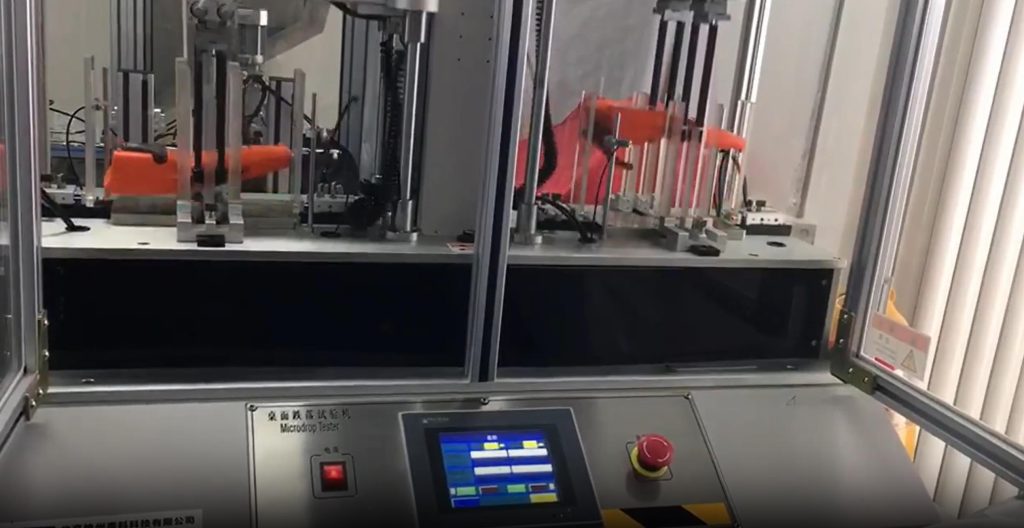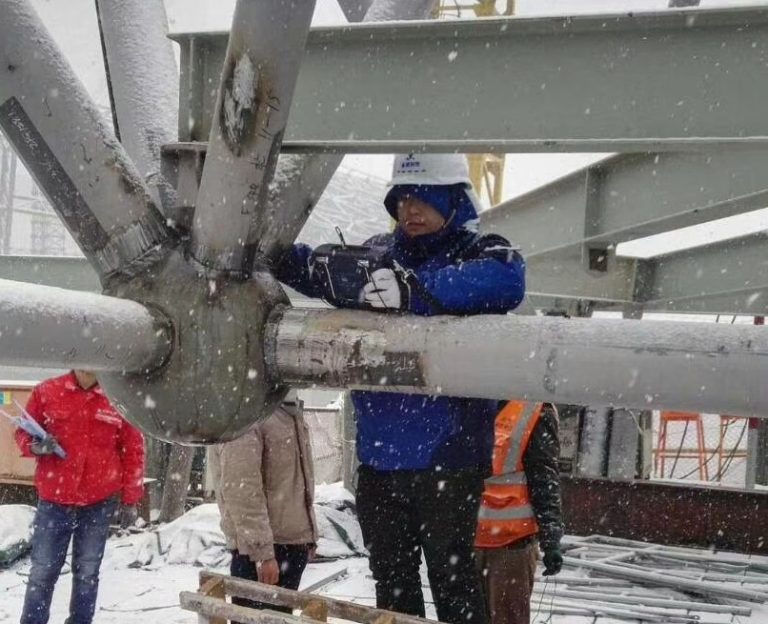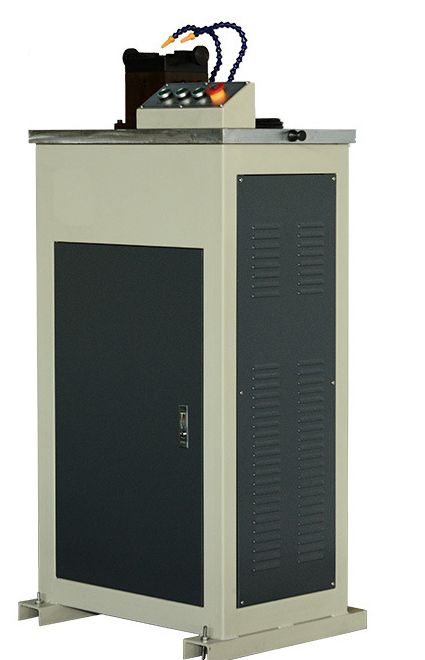The reliability of a hardness tester is crucial in ensuring accurate and consistent results. In this article, we will discuss the importance of conducting reliability tests on hardness testers and the methods used to evaluate their performance.

1. Importance of Reliability Test:
Reliability tests are essential to assess the consistency and dependability of hardness testers. These tests help determine whether the equipment can produce reliable and reproducible hardness measurements. A reliable hardness tester ensures the integrity of material testing results, which are vital in various industries such as manufacturing, construction, and quality control.
2. Factors Affecting Reliability:
Several factors can influence the reliability of a hardness tester. These include the calibration of the equipment, operator proficiency, environmental conditions, and the condition of the testing surface. It is crucial to consider these factors during the reliability testing process to identify potential sources of error and ensure accurate results.
3. Reliability Test Methods:
a. Calibration: Regular calibration of the hardness tester is necessary to maintain its accuracy. Calibration involves comparing the readings obtained from the tester with reference samples of known hardness. Deviations from the reference values indicate the need for adjustments or repairs.
b. Reproducibility: This test evaluates the ability of the hardness tester to produce consistent results when measuring the same material multiple times. It involves conducting multiple hardness tests on a single sample and calculating the standard deviation of the measurements. Lower standard deviation indicates higher reproducibility.
c. Inter-operator Variability: This test assesses the consistency of hardness measurements performed by different operators. Multiple operators should perform hardness tests on the same sample, and the results are compared to identify any significant variations. Training and standard operating procedures can help reduce inter-operator variability.
d. Environmental Stability: Hardness testers should be tested under various environmental conditions to determine their reliability. Temperature, humidity, and vibration can affect the performance of the equipment. The tester should be able to deliver consistent results despite changes in the environment.
4. Importance of Regular Maintenance:
To ensure the long-term reliability of a hardness tester, regular maintenance is essential. This includes cleaning, lubrication, and periodic replacement of worn-out parts. Regular maintenance helps prevent equipment failure and ensures accurate hardness measurements.
Reliability tests play a crucial role in assessing the performance of hardness testers. By conducting calibration, reproducibility, inter-operator variability, and environmental stability tests, one can determine the reliability of the equipment. Regular maintenance and calibration are necessary to maintain the reliability of the hardness tester and obtain accurate hardness measurements consistently.







